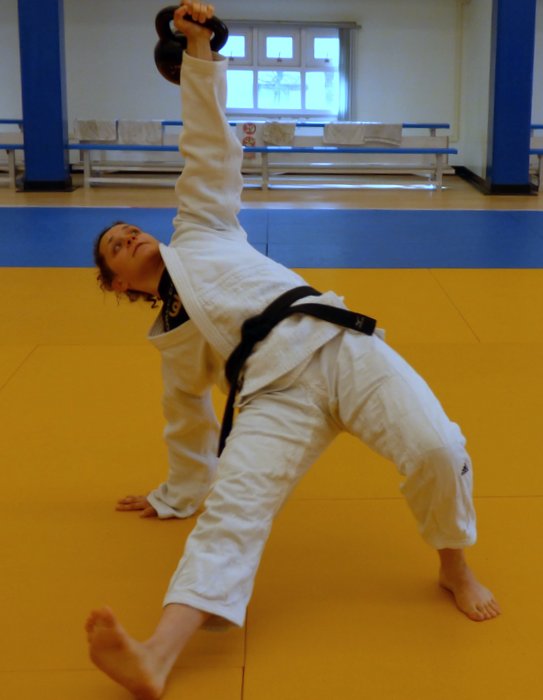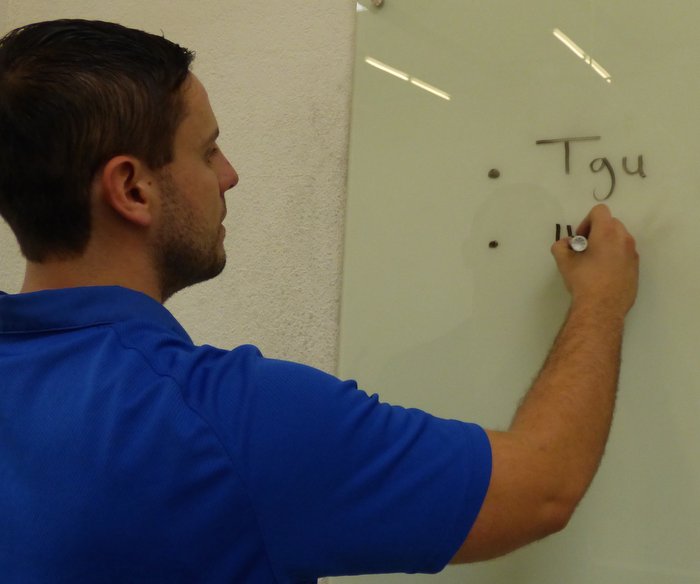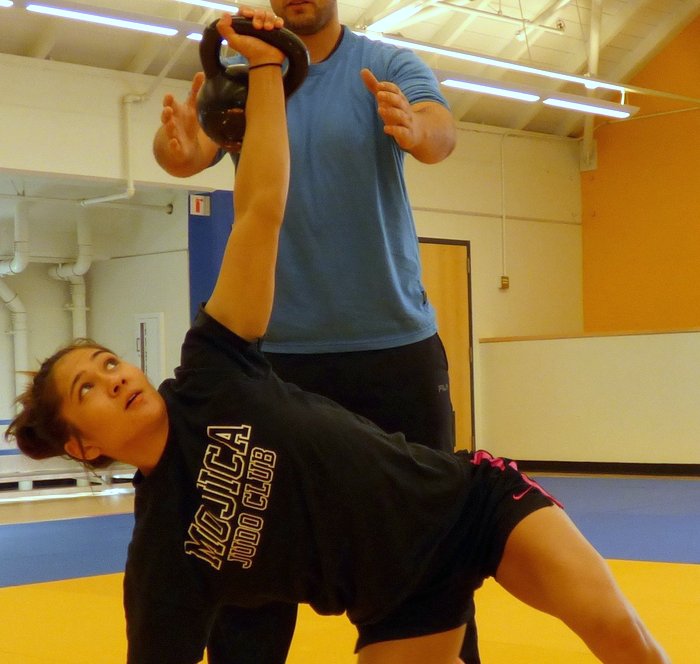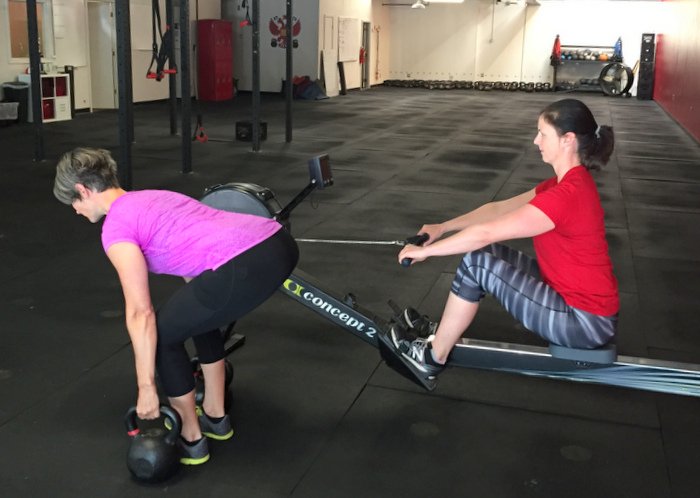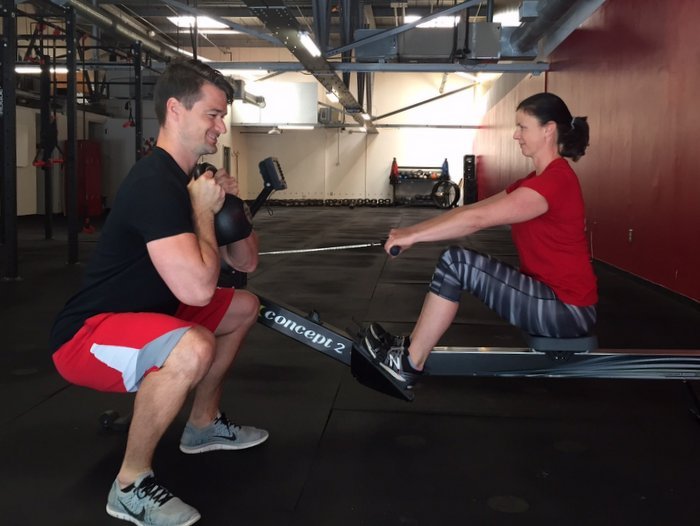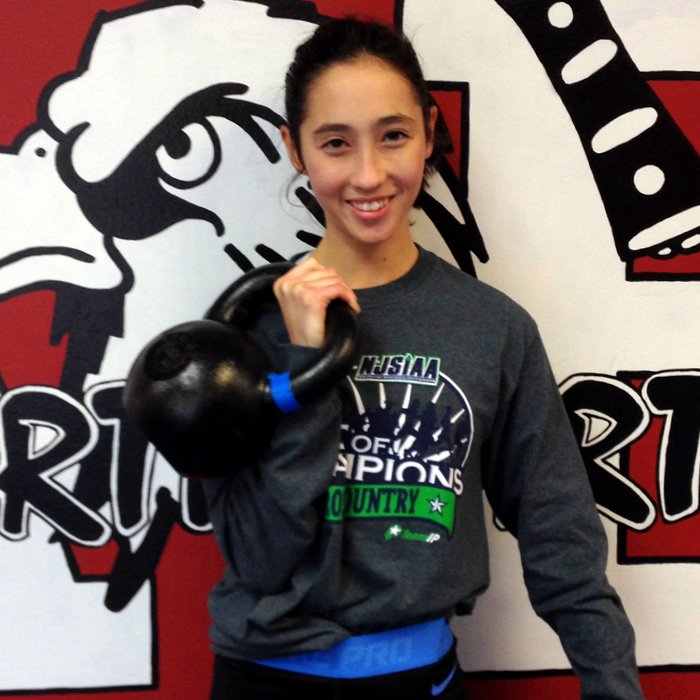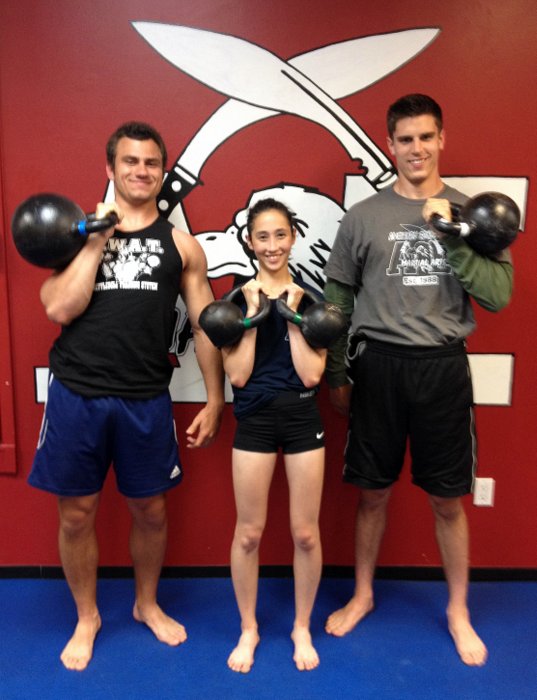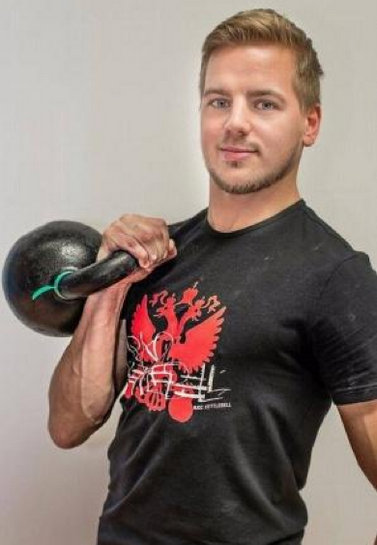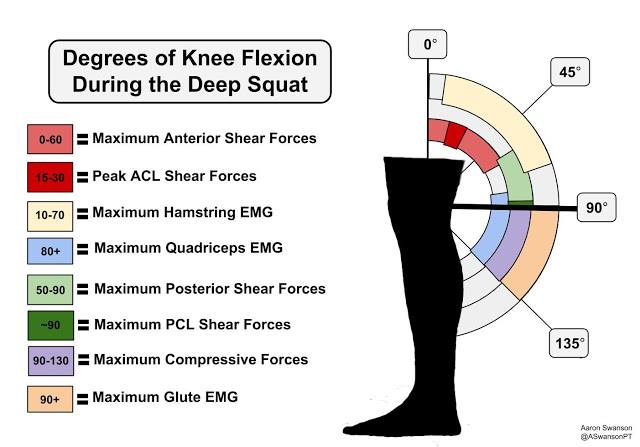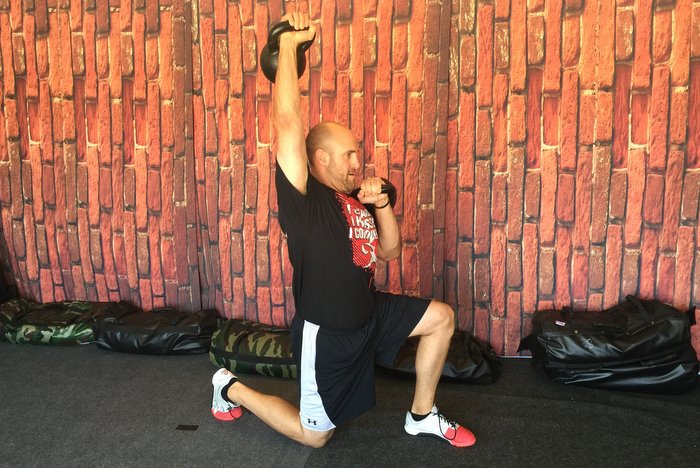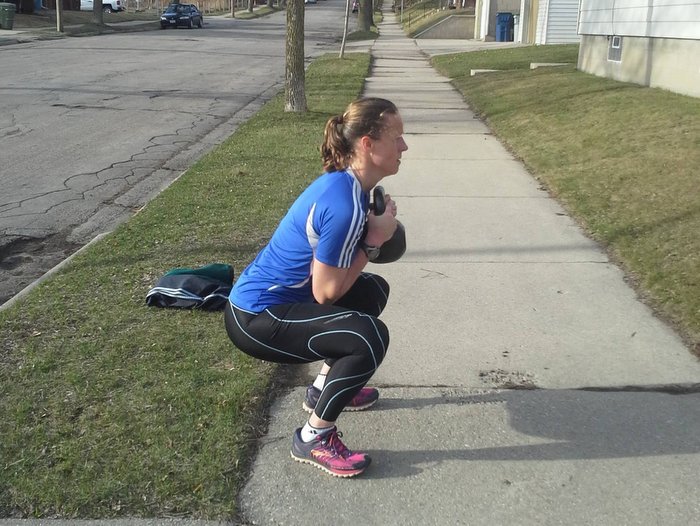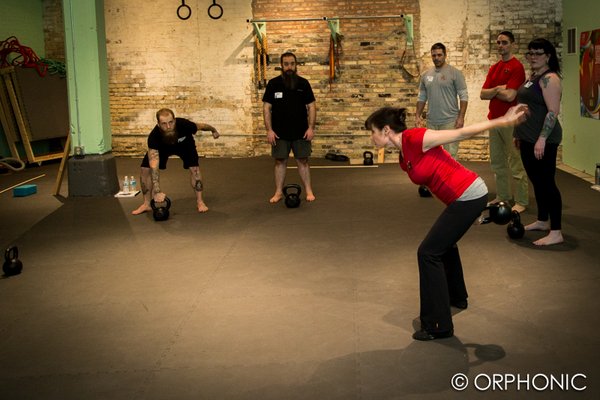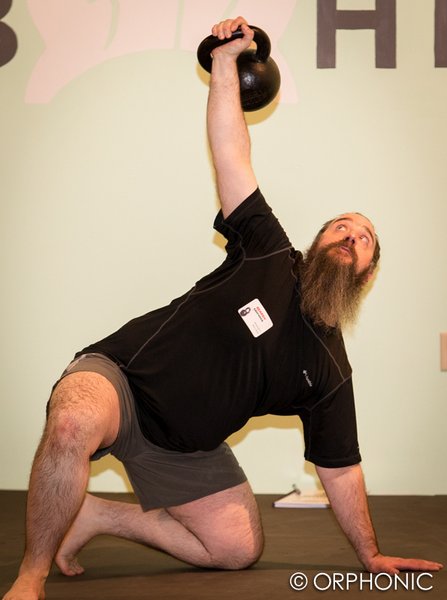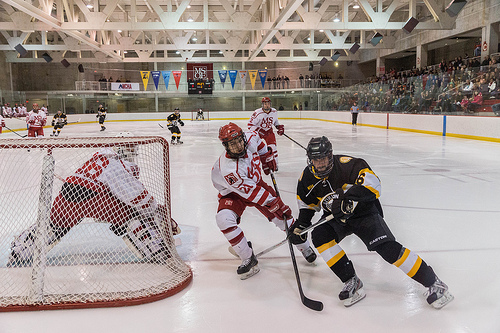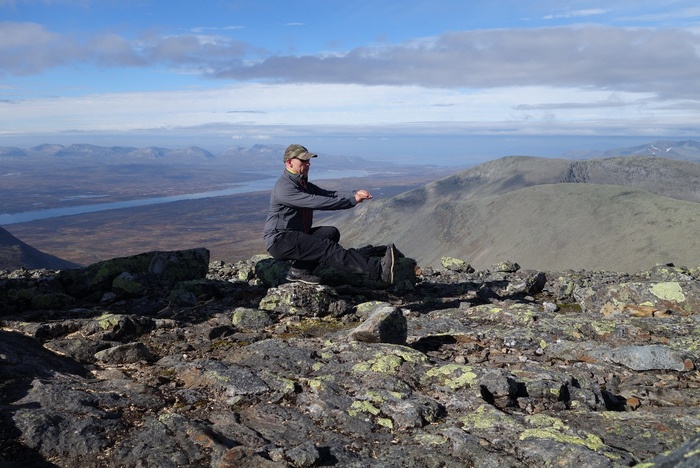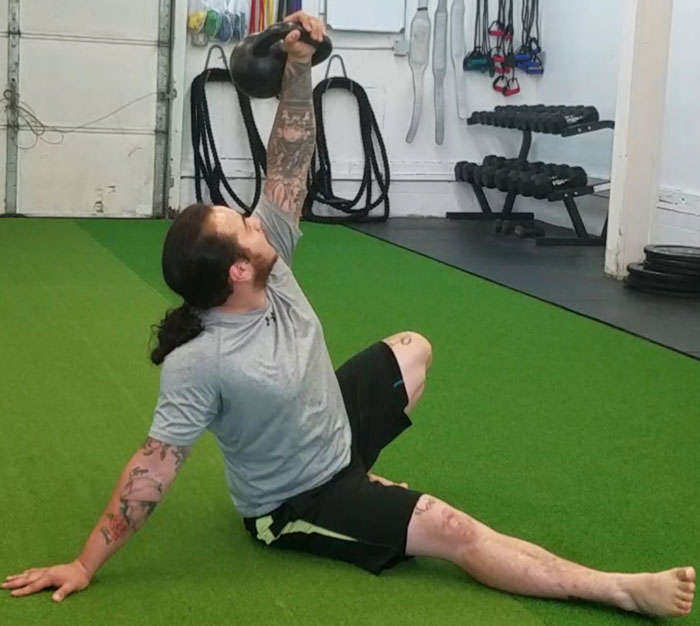
Whether you’re a golf athlete or enthusiast, there’s always room for improvement in your sport. While there are plenty of things you can do to improve your golf game, nothing is as powerful as strengthening your body. Strengthening and mobilizing your body will improve the quality and power of your swing. Kettlebell training can take your golf game to a new level!
Why Kettlebell Strength Training Can Improve Your Golf:
Kettlebell training has the ability to improve sports performance in many ways. Increasing your overall strength can lead to greater power for your golf swing. Strength training can help you achieve greater speed and more control over your swing. Training with kettlebells also helps you manage fatigue. Since golfers are typically in a fixed bent-over position for many hours at a time, they are at risk for a lot of stress on the lumbar spine. Lastly, kettlebell training can reduce the risk of injury and increase your playing longevity.
Common Golf Injuries:
Low Back Pain
Golfers commonly deal with low back pain. The repetitive rotational motion through the lumbar spine is often a major cause of low back pain in golfers. Having a weak low back can be dangerous since golf requires a lot of flexion and rotation through the lumbar spine. Mobilizing and strengthening the low back can reduce the risk of injury in this area.
Rotator Cuff
The rotator cuff is located within the shoulder and consists of four small muscles—the supraspinatus, infraspinatus, teres minor, and subscapularis—which stabilize the shoulders. Shoulder impingement is a common injury amongst golfers. Shoulder impingement occurs when the tendons of the rotator cuff become inflamed and irritated as they move through the subacromial space. If the shoulders are not mobilized or strong enough for the repetitive motion of the swing, then compensational movement patterns will occur. These compensational patterns cause weak, immobile shoulders and injury.
Elbow Tendonitis
The two most common instances of elbow tendonitis with golfers are tennis elbow (the outer tendon is irritated and inflamed) and golf elbow (the inflammation and irritation of the inner tendon). These injuries can be caused by the repetitive swinging motion in golf. To heal these injuries you will need to hang up the clubs for a little while to allow for a quicker recovery. But, by adding kettlebell training to your routine, you will be able to help strengthen and mobilize the shoulders and the thoracic spine to help reduce the risk of this injury.
Why Kettlebell Training?
Kettlebell training has been shown time and time again to be a very effective training modality. A single kettlebell can be used for strength training, mobility training, rehabbing injuries, and conditioning. You can even train with kettlebells at home, and at any time that fits with your schedule.
Kettlebell training for improved performance in golf does not have to be complicated or rigorous. Strength training is best kept simple and effective. At my facility, we train our “7 big rocks”: single leg, squat, hinge, trunk, mobility, upper push, and upper pull. These movement categories cover a full body approach and ensure we cover every plane of motion in our training. Full body training with kettlebells allows you to utilize your time more effectively and basically train anywhere.
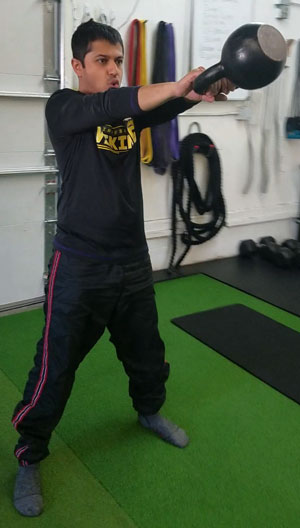 My Top Five Kettlebell Exercises for Golf:
My Top Five Kettlebell Exercises for Golf:
Swing
The kettlebell swing creates powerful and explosive hips. It has been known to aid in reducing low back pain. The swing strengthens the low back and increases the strength of the glutes–the powerhouse of the hips when applied to your golf swing. Stronger, more explosive hips will aid in a stronger swing with greater distance potential.
Get-Up
The get-up is a powerful exercise that serves many purposes at once. Benefits of practicing the get-up include: scapular stability, trunk stability, cervical and thoracic mobility, upper and lower body strength, and grip strength. The get-up teaches you how to control yourself under the weight of a kettlebell, move through different ranges of motion, and gain greater stability. The get-up is great for strengthening the shoulders and trunk while mobilizing the whole body.
Bottom-Up Press
The bottom-up press is great for repairing and strengthening the shoulders and rotator cuff. When the kettlebell is in the bottom-up position, a majority of the pressure is held within the palm. This takes tension away from the shoulder and places the elbow in a better position. The challenging bottom-up press forces you to have greater core stability throughout the movement. During this press, the scapula moves through its full range of motion while requiring great control throughout the exercise.
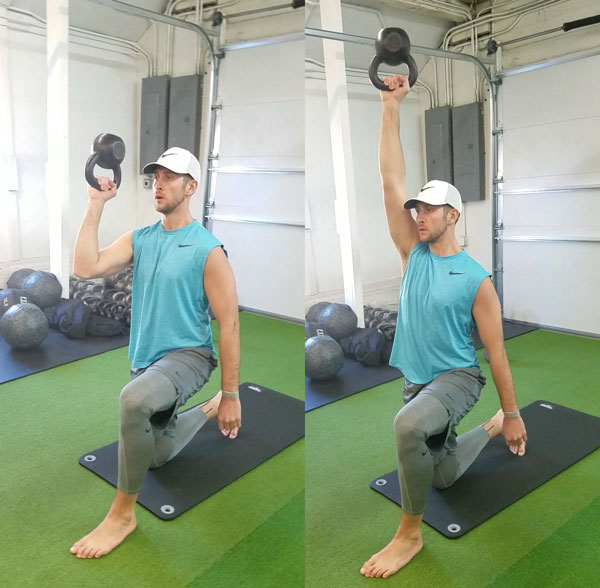
Goblet Squat
The goblet squat is the best way to load the squat if you are a novice lifter. The goblet squat is user-friendly because it doesn’t force the lifter into a fixed position. By comparison, the barbell back squat requires a lot of mobility. The goblet squat strengthens the glutes, and quads along with the core. The goblet squat can benefit the golfer by strengthening the tendons and joints in the lower body which can get irritated or injured in golf.
Farmers Carries
Farmers carries build grip strength, trunk strength, and create better posture. Golf involves a lot of flexion throughout the spine. Farmers carries require extension from the spine and shoulder retraction. With the head in a neutral position, the trunk is engaged, and the kettlebells are carried at the side in neutral position as well. Practicing farmers carries can offset the typical positions required for playing golf.
A Final Word…
If you are an avid golfer who wants to increase your athleticism, begin to learn and use kettlebells in your strength training sessions. Not only will this improve your ability as a golfer, it will allow you to keep playing long term. If you are considering training with kettlebells make sure to find the nearest RKC instructor in your area to show you how to properly and effectively use them.
****
William Sturgeon, RKC II trains clients at his gym, Restored Strength. Contact him through his website at RestoredStrength.com or follow him on Facebook: facebook.com/restoredstrength
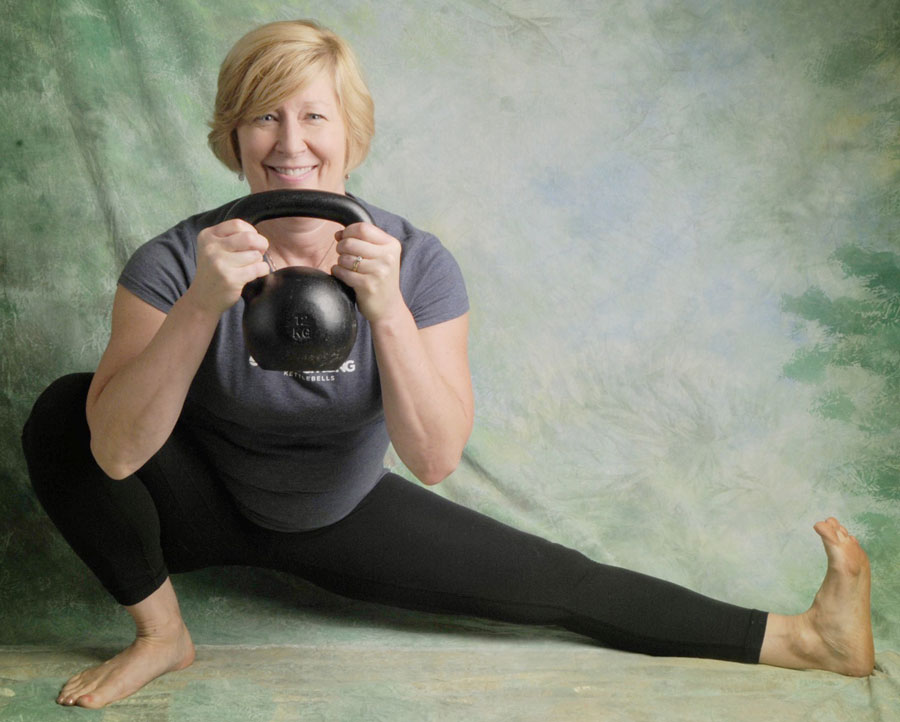
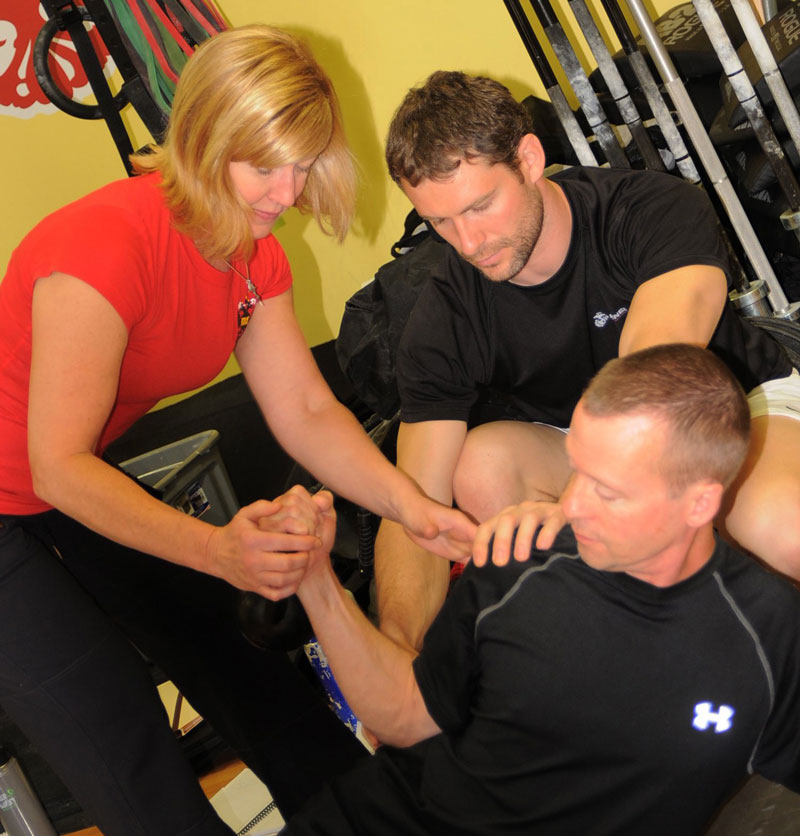
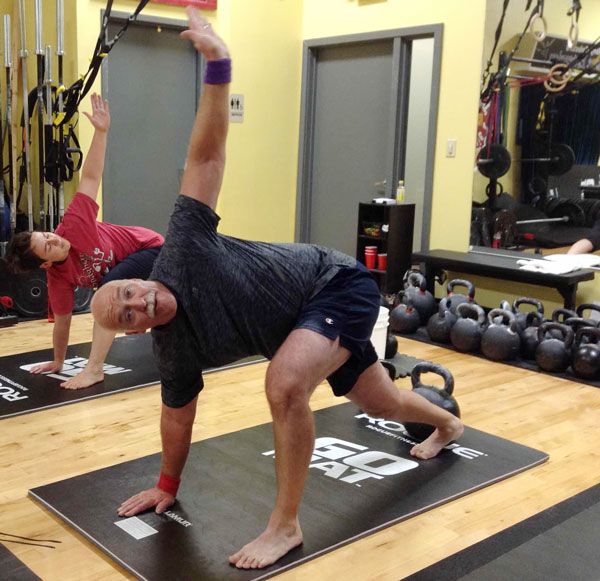
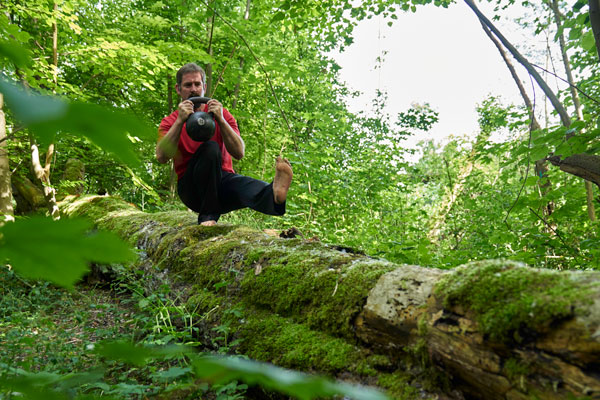
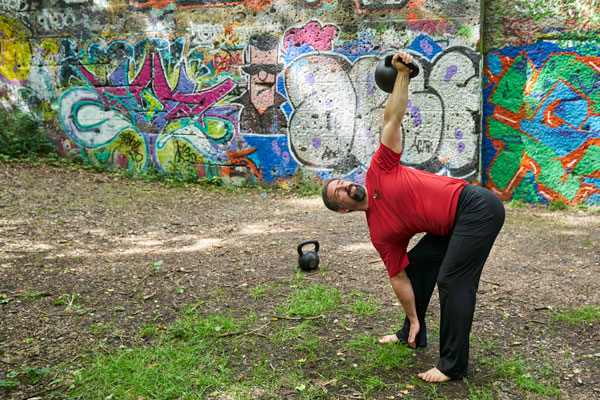
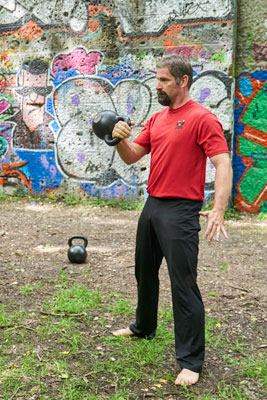 In my opinion, it is wiser to train in a way that gradually builds you up over time. Work for your health while prepare yourself for whatever might come.
In my opinion, it is wiser to train in a way that gradually builds you up over time. Work for your health while prepare yourself for whatever might come.